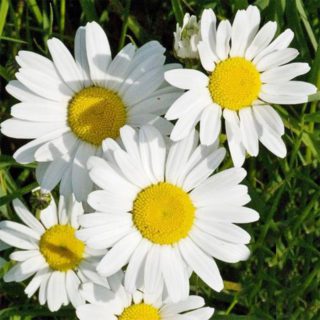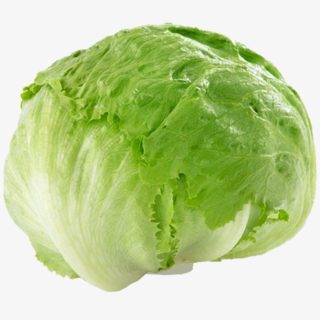How to Sow 100 Mixed Busy Bee and Butterfly Flower Seeds
Create an outdoor haven for pollinators, while adding vibrant colours to your garden. This carefully curated mix contains both annual and perennial varieties, ensuring blooms throughout the year while providing essential nectar for bees, butterflies, and other beneficial insects. The flowers are easy to grow, making them ideal for gardeners of all levels. Whether you plant them in flower beds, borders, containers, or cottage gardens, these flowers will bring life and to your outdoor space, helping to enhance biodiversity and support pollinator populations in the UK climate.
Sowing Indoors:
- Sowing Depth: Sow seeds at a depth of 1/8 inch (3 mm) in seed trays or small pots filled with light, well-draining seed compost.
- Temperature: Maintain a temperature of 15-20°C (59-68°F) for optimal germination.
- Watering: Keep the compost consistently moist but not waterlogged. Water gently to avoid displacing the seeds.
- Germination Time: Seeds will germinate in 14-21 days under ideal conditions.
- Transplanting: Once seedlings are 3 inches tall, transplant them outdoors or into larger pots, spacing plants about 6-12 inches apart.
Sowing Directly Outdoors:
- Sowing Depth: Sow seeds directly outdoors at a depth of 1/8 inch (3 mm).
- Spacing: Scatter seeds evenly and lightly rake them into the soil. Thin seedlings as they grow to maintain proper spacing of about 6-12 inches.
- Watering: Water gently using a fine spray attachment if rain is not expected. Keep the soil consistently moist during germination.
Using a Propagator:
- Sowing Depth: Fill seed trays with light, well-draining seed compost and sow seeds on the surface, covering lightly with compost (1/8 inch).
- Temperature: Set the propagator to 15-20°C (59-68°F) to encourage germination.
- Watering: Keep compost moist, but avoid overwatering.
- Transplanting: Once seedlings reach 3 inches, transplant them into larger pots or outdoors, following the spacing guidelines.
Care and Maintenance:
- Sunlight Requirements: These flowers thrive in full sun, needing at least 6-8 hours of direct sunlight each day.
- Watering Needs: Once established, these flowers are drought-tolerant and require minimal watering. However, during prolonged dry spells, provide occasional deep watering.
- Weeding: Keep the area weed-free to reduce competition for nutrients and water. Mulching can help suppress weeds and retain moisture.
- Flowering and Height: Flowers will bloom throughout the summer, providing a rich source of nectar for pollinators. Plants will grow to a height of 18-24 inches with a spread of 12-18 inches.
Tips for Success:
- Maximise Nectar: Deadhead spent blooms to encourage more flowering and maximise nectar for bees and butterflies.
- Growing Environment: Suitable for flower beds, borders, containers, and cottage gardens. These flowers are well-adapted to UK climate conditions, making them perfect for urban gardens, allotments, and other outdoor spaces.
- Attract Pollinators: This mix includes species that are particularly attractive to bees, butterflies, and other beneficial insects, helping to enhance biodiversity in your garden.
Frequently Asked Questions About Growing Busy Bee and Butterfly Flower Seeds
- When is the best time to plant bee and butterfly flower seeds in the UK? Sow seeds from late autumn to late spring. Autumn sowing can help establish strong plants for flowering in the following summer.
- How long do bee and butterfly flower seeds take to germinate? Germination typically takes between 14-21 days, depending on temperature and conditions.
- Can I grow bee and butterfly flower seeds in containers? Yes, these flowers are well-suited for containers, making them ideal for small gardens, patios, or balconies. Ensure the container has good drainage and receives full sun.
- How much sunlight do bee and butterfly flower seeds need? These flowers thrive in full sun and need at least 6-8 hours of direct sunlight each day for optimal growth and blooming.
- Are bee and butterfly flower seeds drought-tolerant once established? Yes, once established, the flowers are drought-tolerant and require minimal watering. However, during prolonged dry spells, occasional deep watering is beneficial.
- Do I need to fertilise bee and butterfly flower plants? While not heavy feeders, you can apply a balanced fertiliser once or twice during the growing season to promote vigorous growth and blooming.
- How do bee and butterfly flower seeds attract pollinators? This seed mix includes species that are particularly attractive to bees, butterflies, and other beneficial insects, helping to enhance garden biodiversity by providing nectar and pollen.
- What height and spread can I expect from bee and butterfly flower plants? These flowers grow to a height of 18-24 inches with a spread of 12-18 inches, making them ideal for a variety of garden settings.



















